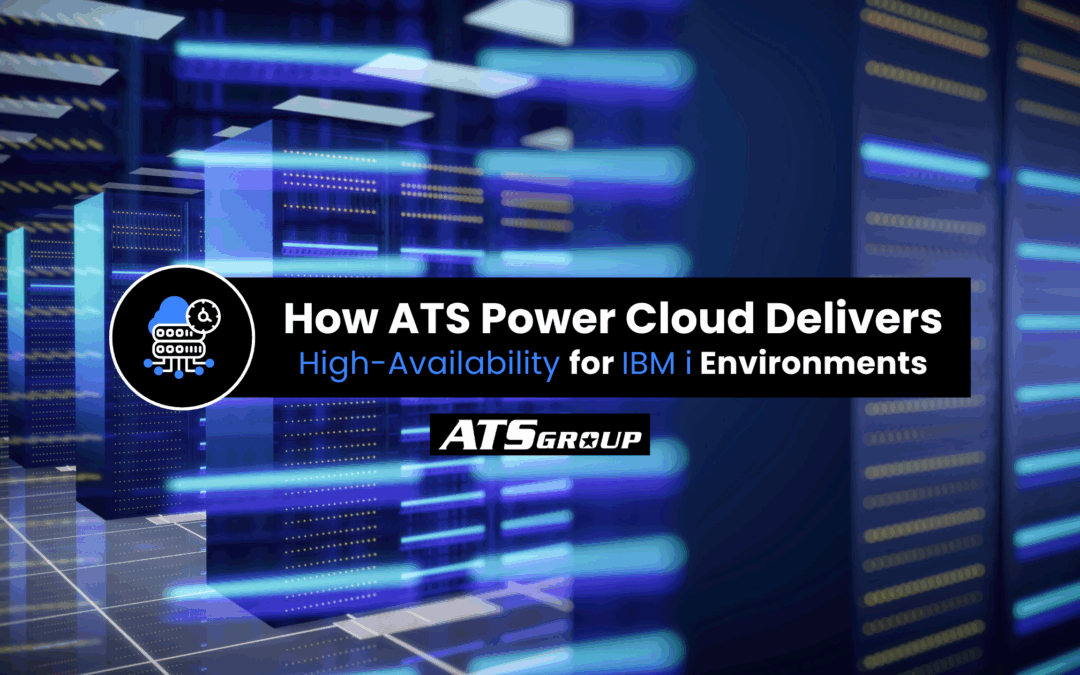As an IBM premier business partner, we are always looking for creative ways to meet our customer’s needs. The demand for low cost, quickly deployed solutions is ever increasing in today’s “cloud first” climate.
Many of our customers have invested a significant amount of money into HPC solutions with node counts that can reach into the thousands and have found themselves feeling locked in to a specific vendor with no quick way to elastically grow or shrink based on the demand of their workloads. In terms of hybrid growth, we’ve researched IBM Spectrum Scale’s Transparent Cloud Tiering feature (see TCT PoC here) which allows for an S3 object store to serve as a storage tier within the same Scale namespace. While customers see the value in growing their storage footprint on demand, a subset of them view this feature as a stop gap to their ultimate goal of moving their storage as well as their compute into the cloud. We have built Scale clusters across multiple cloud providers (Google Cloud Platform, Amazon Web Services), but have focused in on AWS after IBM’s Spectrum Scale on AWS Quick Start trial evaluation was released in September 2017.
Download full POC here:


How ATS Power Cloud Delivers High Availability for IBM i Environments
Learn how ATS Power Cloud delivers high availability for IBM i environments with reliable replication, predictable recovery, and a disciplined operational approach.


